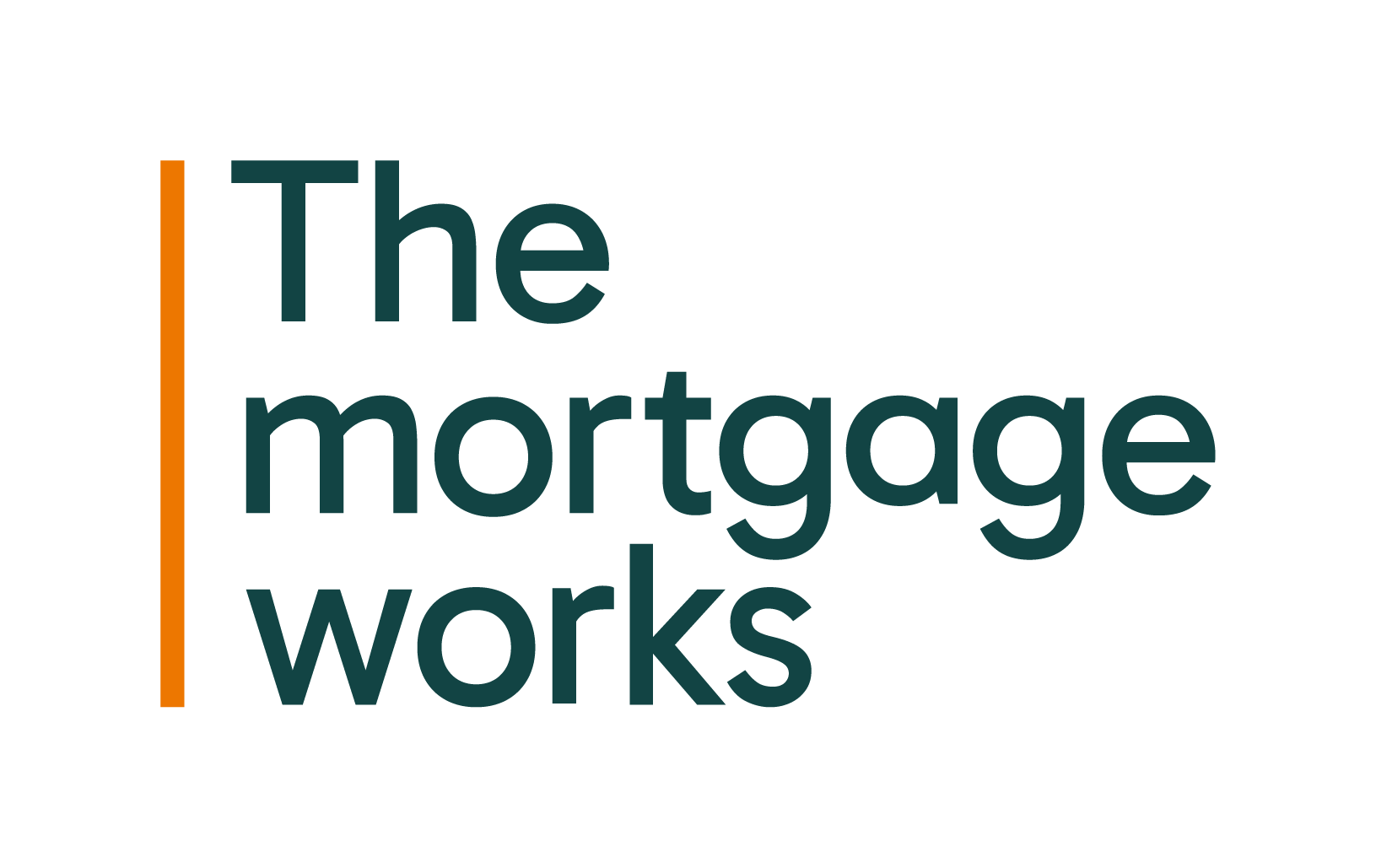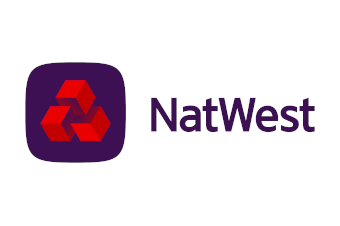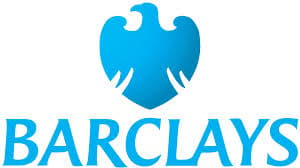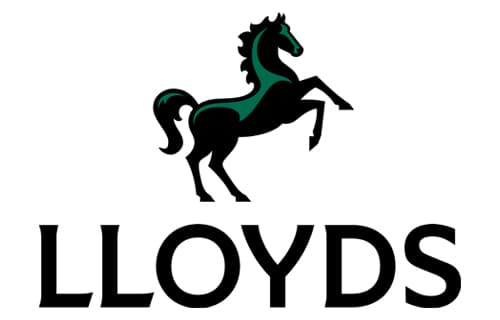Your Guide to the Best Buy-To-Let Mortgages 2025
Find out which buy-to-let mortgage could unlock your financial goals with our guide to the top picks.
Published:
When you purchase through links on our site, we may earn an affiliate commission. Here's how it works.

Buying a property to rent it out can be an exciting step in building your financial portfolio. But whether you’ve already got a mortgage for your main property or are taking your first leap onto the property ladder, navigating buy-to-let mortgages can be confusing.
We've put together this guide to help you understand how buy-to-let mortgages work and how to choose the best mortgage option. Plus, we’ve looked at a range of top providers to find the best buy-to-let mortgages on the market so you can spend less time researching and more time focusing on your property search.
Best buy-to-let mortgages in 2025 compared
Let's look at the top options to help you select the best buy-to-let mortgage.
Policy | Best for | Our expert score | Min. deposit | Product fee | Example rate: 5-year fixed |
The Mortgage Works (Nationwide) | 5-year buy-to-let mortgage | 5 | 20% (25% if EPC rating D or E) | 3% of the loan | 3.99% (75% LTV) |
NatWest | Green properties | 4 | 25% | £995 | 4.13% (75% LTV) |
Coventry Building Society | Customer service | 4 | 25% | £1,999 | 4.39% (75% LTV) |
Barclays | Professional landlords | 3 | 25% | £2,495 | 4.80% (60% LTV) |
Lloyds | No product fee | 3 | 30% | N/A | 4.62% (70% LTV) |
1. The Mortgage Works (Nationwide) – Best 5-year buy-to-let mortgage

Our expert score: 5
Pros
- A specialist lender within Nationwide, offering expertise in buy-to-let
- No minimum income
- Accepts self-employed applicants
- Wide range of specialist products
Cons
- Some high product fees if you want a more favourable interest rate
The Mortgage Works is a specialist arm of Nationwide Building Society, which might be a more familiar brand.
Given its expert status, it’s well-placed to support prospective landlords with a wide range of products, including those for first-time landlords, portfolio landlords (those with several properties), those buying through a limited company, those purchasing an HMO (house in multiple occupancy, i.e. containing 5 or more residents), or those looking to improve the energy efficiency of their property. Some of these are markets not served by other lenders.
Why buy? Expert verdict
The wide range of products available from The Mortgage Works makes it a good option for different types of landlords. It offers a range of rates, with affordable options for those willing to pay a product fee and no-fee options with slightly more expensive rates. This flexibility makes it a good all-rounder.
✍️ Have you used this buy-to-let mortgage lender? Share a rating and review for Nationwide on Review Centre, and check out what others have to say.
2. NatWest – Best for green properties

Our expert score: 4
Pros
- Offers a ‘green’ buy-to-let mortgage with preferential rates for properties with an EPC rating of A or B
- No minimum income
- Get an online Agreement in Principle (AIP) in minutes
Cons
- Can’t apply directly if you have a portfolio of more than 4 properties
NatWest offers a supportive service for prospective landlords, helping you navigate the process with informative guides and a quick online AIP to clarify your eligibility. You can borrow up to £3.5 million with a minimum 25% deposit. The minimum age for borrowing is 18.
Why buy? Expert verdict
NatWest offers discounted rates if you’re purchasing a ‘green’ property (with an EPC rating of A or B). This applies to 2- or 5-year fixed rates, and can also apply when remortgaging. If you’re looking for a more energy-efficient buy-to-let, NatWest could be a great option.
✍️ Have you used this buy-to-let mortgage lender? Share a rating and review for NatWest on Review Centre, and check out what others have to say.
3. Coventry Building Society – Best for customer service

Our expert score: 4
Pros
- Awarded a gold ribbon for customer experience by Fairer Finance (2024)
- Option to waive product fee for a slightly higher interest rate
- Accepts landlords with up to 5 properties
Cons
- Limited network of branches for in-person support
- Not available for first-time buyers
Coventry Building Society is well-known for its fair and transparent approach to lending. Although it doesn’t lend to landlords with HMOs or first-time buyers, it offers some attractive options for standard buy-to-let customers. For example, you can opt for no product fee if you’re willing to accept a slightly higher interest rate.
Why buy? Expert verdict
Coventry Building Society’s award-winning approach to customer service means it’s a great pick if you want to work with a lender that has your best interests at heart. It has a decent range of options, including portfolio deals and higher or lower product fees to suit your needs.
✍️ Have you used this buy-to-let mortgage lender? Share a rating and review for Coventry Building Society on Review Centre, and check out what others have to say.
4. Barclays – Best for professional landlords

Our expert score: 3
Pros
- Preferential rates if you already hold a mortgage with Barclays
- A dedicated team to support professional landlords
- Choose a 2- or 5-year fixed rate
Cons
- Product fees are only waived in certain circumstances (purchase-only or remortgage)
- Requires a minimum income of £25,000 to borrow
Barclays, a well-established player in the mortgage scene, has a range of features to appeal to buy-to-let landlords. If you’re over 18 and have an income of at least £25,000 (or you’re joining forces with someone who does), you can borrow up to £1 million. For larger loans (up to £2 million), you’ll need an income of £75,000.
It offers 2- or 5-year fixed-rate mortgages with an associated product fee unless you’re remortgaging or taking out a purchase-only mortgage (where you’re buying directly from the seller).
Why buy? Expert verdict
With Barclays, you get all the expertise of a long-running bank. Its dedicated support team for professional landlords is a great feature if you’re looking at buy-to-let as more than just a supplemental income. What’s more, you can build a portfolio of 4 or more properties with up to a 10-year fixed-rate interest on your loan.
✍️ Have you used this buy-to-let mortgage lender? Share a rating and review for Barclays on Review Centre.
5. Lloyds – Best buy-to-let mortgage with no fee

Our expert score: 3
Pros
- No product fee
- Add landlords’ insurance for more peace of mind
- Discounted rates for Club Lloyds members
Cons
- No-fee rates only available for loans up to 70% LTV (requiring deposit of 30%)
Lloyds doesn’t offer a wide range of buy-to-let products, but it does have the option of 2- or 5-year fixed-rate buy-to-let mortgages. Although rates aren’t the lowest out there, you can get a discount if you have a premium Club Lloyds account (available for a small fee), and it’s worth noting that these mortgages don’t have a product fee attached.
Lloyds provides plenty of support for prospective buyers, as you can easily add landlords’ insurance for more peace of mind and get a quick AIP by speaking to an adviser on the phone.
Why buy? Expert verdict
The lack of a product fee is the obvious draw here. Lloyds is also a dependable brand name with a strong reputation across banking products.
✍️ Have you used this buy-to-let mortgage lender? Share a rating and review for Lloyds on Review Centre.
Types of buy-to-let mortgage
When searching for your buy-to-let mortgage, it’s worth being aware of the different types available:
Fixed rate
Most lenders offer fixed-rate buy-to-let mortgages. These have a set interest rate for a defined period, usually 2 or 5 years, after which point the repayment will adjust to the lender’s Standard Variable Rate (often much higher than the fixed rate).
Variable rate or tracker
A variable or tracker mortgage means repayments may rise or fall depending on an external measure, usually the Bank of England’s base interest rate. If the base rate falls, you’ll repay less; if it rises, you’ll repay more.
Interest-only
Most buy-to-let mortgages are interest-only, which means you repay only the interest that accrues on your loan. Because you’re not paying down the main loan, you’ll need to pay this off at some point, usually at the end of the term in a lump sum.
This can be a good option for buy-to-let because it increases the profits you can make from your rental income. However, you’ll need to be confident that the property will retain and even gain value, so you can pay off the lump sum when you sell it.
Repayment
With a repayment mortgage, you’ll repay a portion of the loan monthly, as well as the interest owed. Over time, you’ll pay down the loan amount. This is less common for buy-to-let mortgages as the repayment amount will usually be much larger than an interest-only mortgage, thereby eating into your profit from the rental. However, it can reduce the pressure to pay off the lump sum.
What type of buy-to-let mortgage do I need?
As a buy-to-let landlord, you’ll want to weigh maximising rental income versus paying off the loan over time. Interest-only mortgages should give you greater rental income by reducing the monthly repayments.
However, if you want to pay off the loan over time, meaning you own the property outright at the end of the term, a repayment mortgage would be more suitable. Repayment options also reduce the risk of being unable to pay off the loan amount if your property’s value hasn’t risen enough to cover it.
The length of investment will also determine whether you opt for an interest-only or repayment mortgage. A longer term could mean you pay more interest over the loan period as you’re not repaying the main sum.
Moreover, with high interest rates in the market, a short-term fixed-rate mortgage could prevent you from being locked into a high rate for 5 years if rates fall after 2 years. However, if you’re tolerant of risk, you could also opt for a variable rate mortgage, although it’s worth noting these aren’t available from all lenders for buy-to-let.
How a buy-to-let mortgage works
A buy-to-let mortgage is designed for people who want to purchase properties they plan to let out. Although they are similar to residential mortgages in some ways, there are some key differences that you should understand if you’re thinking of applying for one.
Who is eligible for a buy-to-let mortgage?
You must usually be over 21 to take out this type of mortgage (although some lenders may cater to those 18-21, too). You can sometimes take a buy-to-let mortgage out with up to 3 others, who must also meet the minimum age requirements.
Do I need a minimum income?
Some lenders will require a minimum income, separate from your planned rental income. This ensures you can repay even if rent ceases for some reason. For example, Barclays requires a minimum income of £25,000 per annum (for at least one applicant) if you want to borrow up to £1 million.
The proposed rental income from the property is also a factor. Most lenders want this to exceed the repayment amount, for example, by 25%.
Do I need a deposit?
Most buy-to-let mortgages require a larger deposit than a standard residential loan. This is usually 25% of the loan amount, but can be as high as 40%. You’ll need to come prepared with savings to meet this requirement.
What about my credit score?
Most lenders will require a good credit score, although each will have its own conditions and will consider it in conjunction with your other financial details.
Is there a fee?
Most buy-to-let mortgages will come with a one-off product fee, although some lenders waive this if you accept a slightly higher interest rate, and some don’t charge it at all. What’s right for you will depend on how much cash you have upfront. Paying the fee and taking a lower interest rate could result in savings overall if you have your property for a long time.
Can I buy multiple properties?
Some people are landlords of multiple buy-to-let properties and use them as their main source of income. Some lenders cater specifically to these landlords, aka ‘portfolio’ landlords. You should check with lenders how many properties they permit—for example, most will restrict you to less than 10, and some less than 5.
Can I remortgage a buy-to-let property?
Yes, you can remortgage your buy-to-let, which means taking out a different mortgage deal (perhaps with the same provider) to release money or obtain a preferential rate. It’s worth checking if an early exit fee would apply if you do so.
Who are the biggest buy-to-let mortgage lenders in the UK?
Buy-to-let mortgages have increased in popularity in recent years. A large proportion is provided by some of the UK’s biggest mortgage lenders. These include:
- Lloyds Banking Group (13.10% of buy-to-let mortgages)
- Nationwide BS (11.50%)
- NatWest Group (10.20%)
- OneSavings Bank PLC (6.20%)
- Santander UK (5.50%)
- Coventry BS (4.90%)
- Yorkshire BS (4.80%)
- Barclays (4.60%)
- Paragon Banking Group (3.70%)
- Virgin Money PLC (3.60%)
How to choose the best buy-to-let mortgage
There’s plenty to consider when selecting your buy-to-let mortgage. You may want to think about the following:
- How many are involved: There may be stipulations from the lender about how many people can take the mortgage together and what criteria you need to meet.
- Special cases: Those setting up an HMO, purchasing through a limited company, or buying a big portfolio of properties must find a lender suited to these scenarios. Not all lenders cater to these markets.
- Interest rates on offer: Lenders usually indicate rates on their website. You may also be able to work with a broker to find offers. Sometimes, you can get a lower rate with a lower LTV (e.g., 60%), which requires a higher deposit amount. Remember that the best interest-only buy-to-let mortgage options will have lower rates, which can maximise your profit on rental income.
- Product fee: Many lenders charge a product fee, another upfront cost when purchasing a property. You may be able to avoid this by paying a slightly higher interest rate or by choosing a particular lender.
- Customer service: Some lenders will offer excellent customer service. This could come in the form of helpful guides, specialist advisers, or online services that can make it easier to manage your mortgage.
How we created this list
We looked at a range of buy-to-let mortgage lenders, examining them across the following criteria:
Eligibility: We compared the eligibility criteria between lenders. For instance, minimum income, age, and minimum deposit.
Range of products: We examined what products the lender offers and for which markets.
Indicative interest rates: We looked at indicative interest rates for a 5-year fixed-rate mortgage, most with an LTV of 75%.
Product fees: We researched product fees and checked the quoted amount.
Customer service: We explored what additional services the lender offers, including support for landlords, online services, and how they interact with customers.
Buy-to-let mortgage FAQs
What are the rules for buy-to-let mortgages?
Most buy-to-let mortgages are offered to buyers over 18 (21 in some cases), usually with a minimum deposit of 25% of the property’s value. Sometimes, first-time buyers aren’t permitted to take buy-to-let mortgages.
Are there any disadvantages to buy-to-let mortgages?
A buy-to-let mortgage is a useful way to purchase a rental property, but you may run into difficulties if the market changes and you’re no longer able to make your repayments. For this reason, most landlords take interest-only mortgages. Remember: you’ll still need to repay the full loan amount at some point.
Can I live in my buy-to-let property?
No, it’s usually against the conditions of a buy-to-let mortgage to live in the property.
Conclusion
Adding a rental property to your financial portfolio or even pursuing the path of becoming a professional landlord can be a valuable decision. However, you’ll need to make complex choices, including where to get your buy-to-let mortgage.
Not all lenders are the same: some cater to standard scenarios only, whereas others offer a wider range of products. It’s also worth exploring the interest rates on offer and looking into the fees so you can maximise your profits. Our guide should give you a good idea of how to get started!
